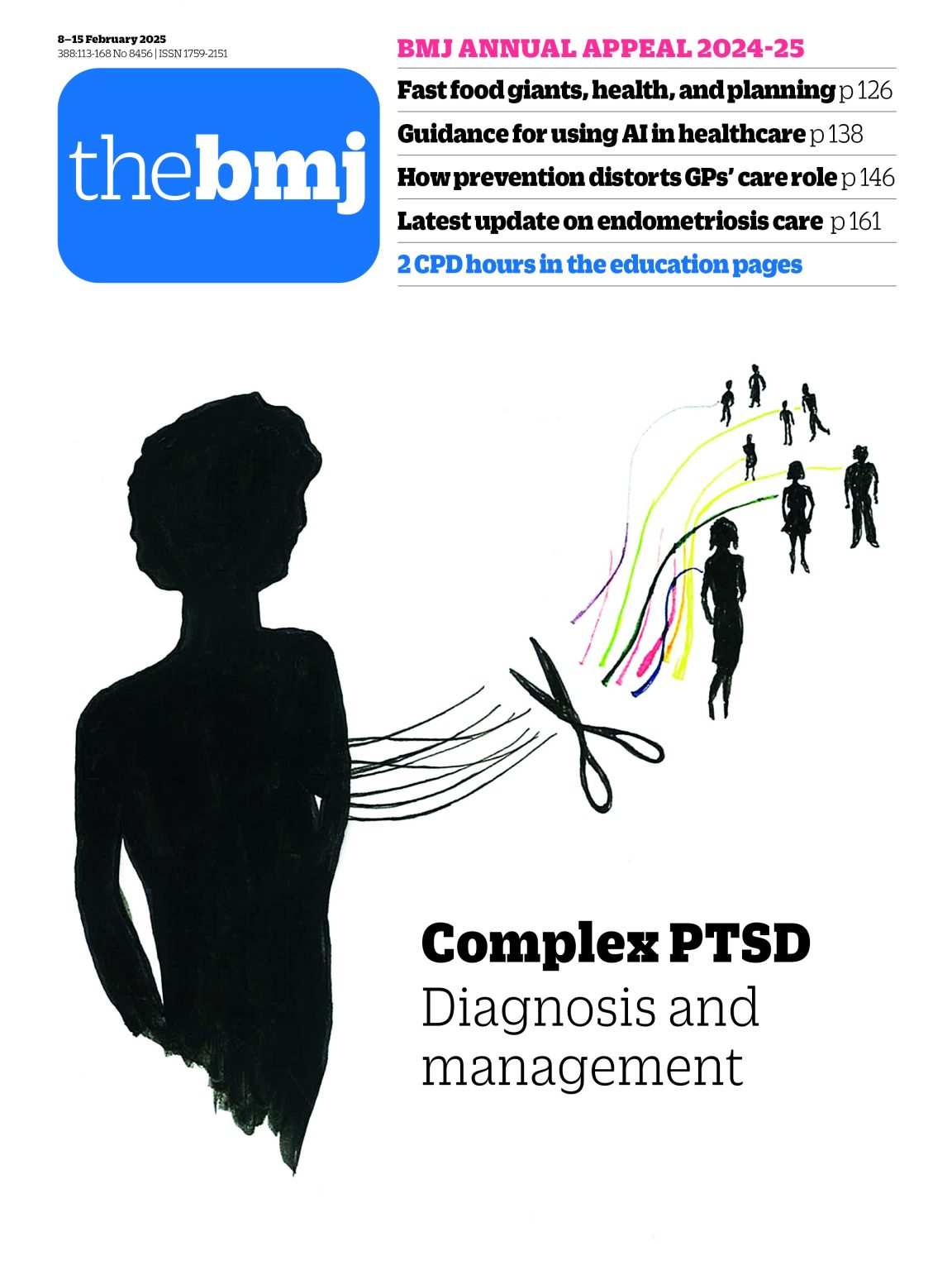The Elusive Link: How Social Media Impacts Health Behavior
The digital revolution has irrevocably transformed the information landscape, with social media platforms becoming primary news sources for billions. This shift presents both opportunities and challenges for public health, as the rapid dissemination of information, including misinformation, can profoundly impact health behaviors. While social media offers unprecedented potential for health promotion and communication, establishing a causal link between online activity and real-world health actions remains a complex and often inconclusive endeavor.
One of the main obstacles lies in the difficulty of connecting online interactions with offline behaviors. Data scarcity, privacy concerns, and the lack of standardized measures complicate efforts to track how online information translates into tangible actions. The absence of comprehensive data, such as detailed demographics and geolocation information, further limits researchers’ ability to draw definitive conclusions about the impact of social media on diverse populations. Longitudinal studies, crucial for examining long-term behavioral changes, are often resource-intensive and thus scarce.
The COVID-19 pandemic offered a unique opportunity to study the interplay between social media, misinformation, and health behaviors, particularly regarding vaccine hesitancy. While some studies suggest a negative correlation between exposure to misinformation and vaccine uptake, the overall picture is far from clear. Research indicates that engagement with low-quality online information is associated with vaccine hesitancy. However, the relatively stable and positive trend in vaccine acceptance rates globally challenges simplistic narratives attributing hesitancy solely to misinformation.
The dynamics of social media platforms themselves also contribute to the complexity of the issue. The tendency of users to seek out information confirming their pre-existing beliefs, coupled with algorithmic filtering that prioritizes personalized content, can lead to the formation of "echo chambers." These online spaces reinforce existing views and hinder exposure to diverse perspectives, potentially exacerbating the spread of misinformation and limiting the effectiveness of public health campaigns.
Despite these challenges, social media monitoring has emerged as a powerful tool for understanding public perceptions, biases, and the spread of misinformation. Analyzing online conversations can provide valuable insights into the information landscape, identify public concerns, and inform the development of targeted communication strategies. However, researchers must be mindful of potential biases in social media data, particularly sample selection bias, as online populations may not be representative of the broader population. Integrating social media data with information from other sources and employing appropriate statistical methods can help mitigate these biases.
Moving forward, robust research designs are crucial to unravel the complex relationship between social media and health behavior. This necessitates overcoming ethical challenges related to data access and privacy, as well as developing standardized measures for assessing both online activity and offline health outcomes. Interdisciplinary collaborations, involving data scientists, social scientists, and public health experts, are essential to address this multifaceted challenge. Furthermore, fostering transparent partnerships with social media companies can facilitate access to valuable data and promote more comprehensive research. By addressing these methodological and ethical considerations, researchers can generate robust evidence to guide effective public health interventions and mitigate the harmful effects of misinformation online. This collaborative approach, prioritizing data access and transparency, is vital for navigating the evolving digital landscape and harnessing the power of social media for improved public health outcomes.


